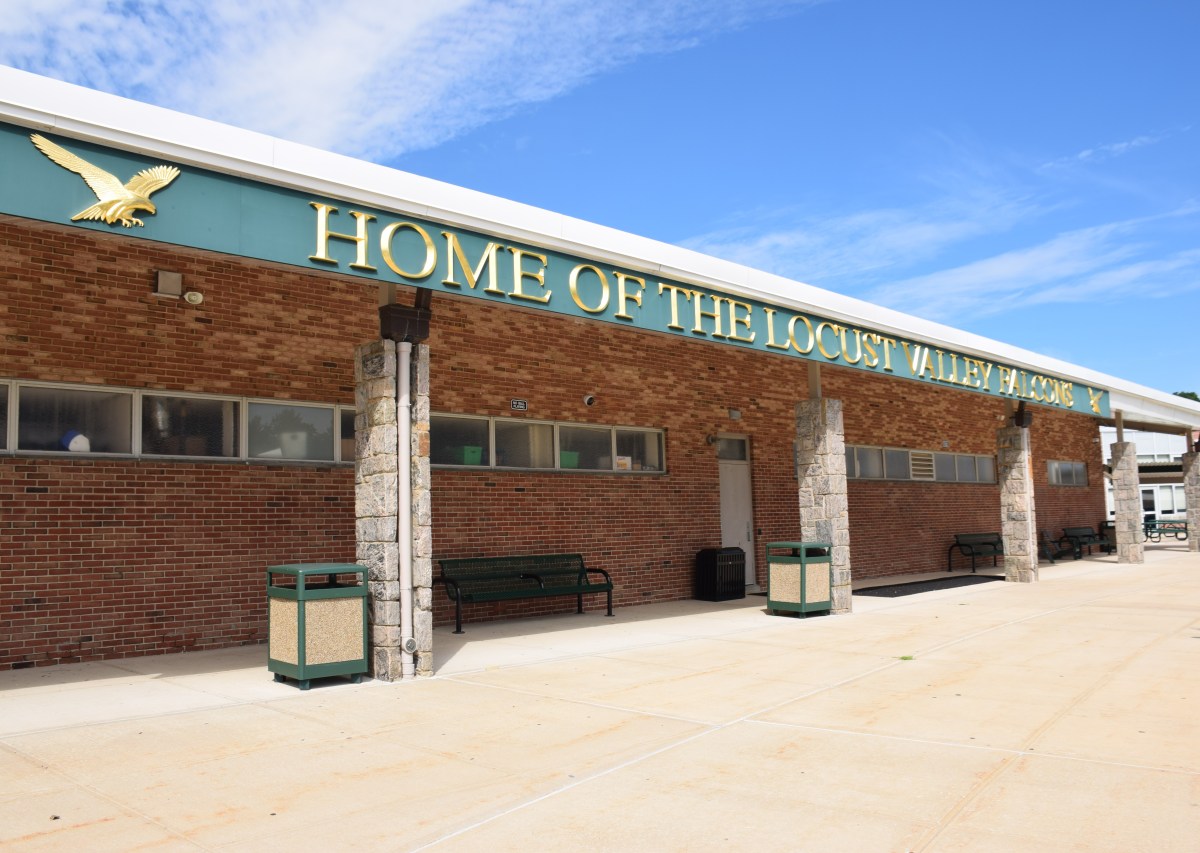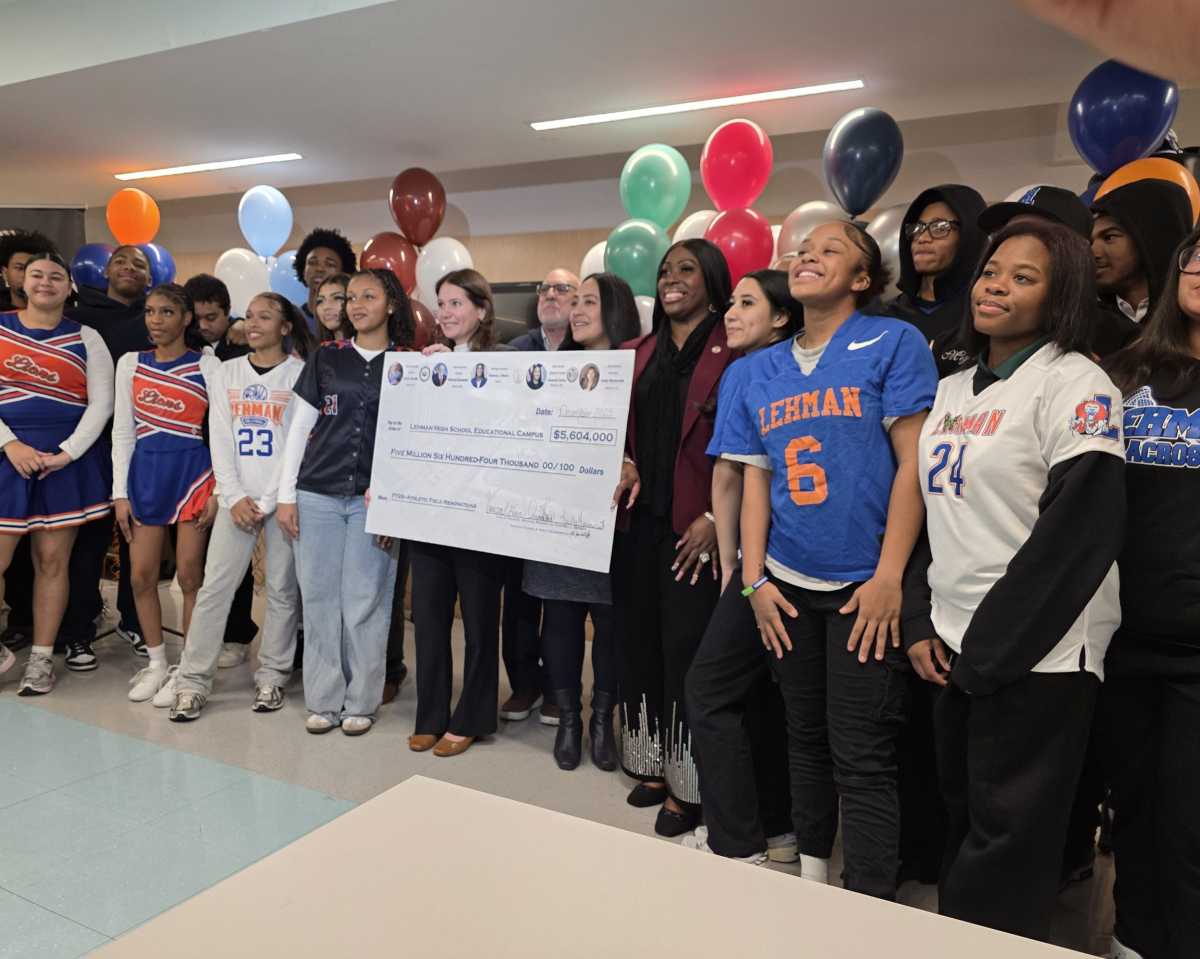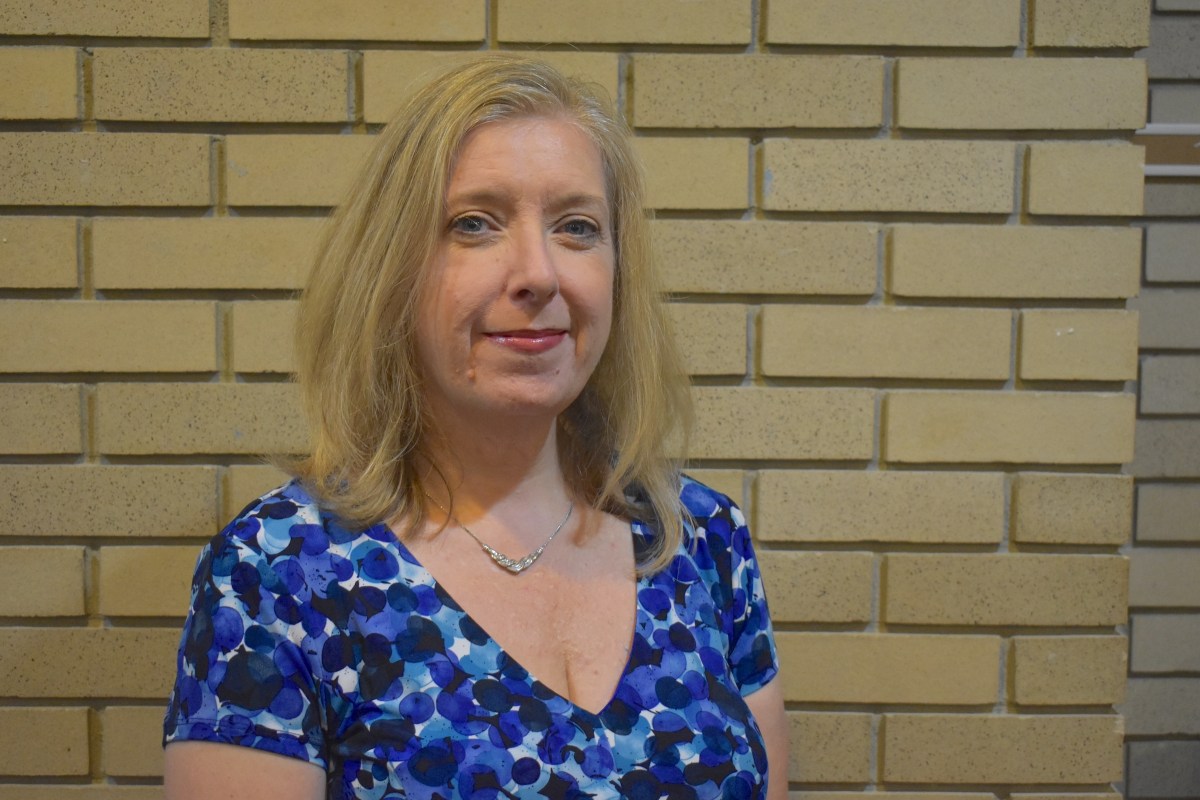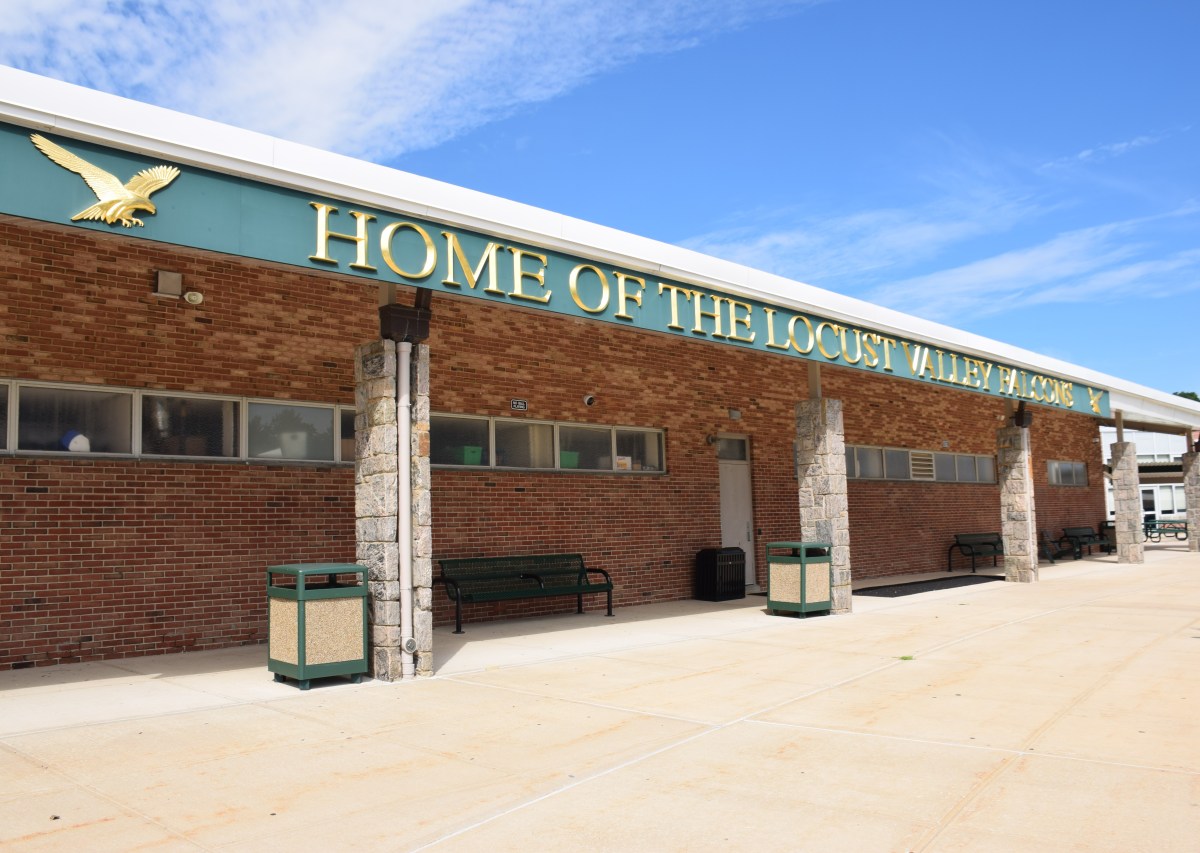As the student loan pause comes to an end, borrowers are faced with their first payments in three years. Approximately 43 million borrowers could have seen their loans decreased or erased by the Biden administration’s debt forgiveness plan had the Supreme Court not struck down the plan for overstepping the administration’s authority.
That ruling ultimately ceased efforts towards loan forgiveness for borrowers who qualified for the Biden administration’s plan based on income and Pell Grant eligibility. However, in August, the administration launched a new repayment program, Saving on a Valuable Education (SAVE), which is described as the “most affordable repayment plan ever created.”
The SAVE program calculates payments based on a borrower’s income and family size and forgives remaining balances after a certain number of years. This new plan will decrease monthly payments and allow borrowers to reach forgiveness faster.
As the hope of loan forgiveness fades, many current and future students are now face to face with the reality that student loan debt awaits them in their futures. However, the fight for debt-free, or at minimum affordable, higher education opportunities has not ceased.
Affordable education is one of the best solutions to the student debt crisis facing current and future college students. In New York, the government and various educational institutions are taking steps to provide affordable, and even sometimes free, degrees to students pursuing higher education.
The Excelsior Scholarship Program is leading the way for affordable education in New York. Students awarded Excelsior Scholarships are able to attend SUNY or CUNY colleges tuition-free with additional aid from other financial aid programs such as the Free Application for Federal Student Aid (FAFSA).
The qualifications for the program vary by academic year. For the 2024-25 academic year, families who earned $125,000 or less in 2022 are eligible to apply.
The City University of New York (CUNY) has 25 campuses across the city and serves 243,000 students each year. Thanks to the Excelsior Scholarship Program and other financial aid opportunities, 76% of CUNY students graduate debt-free.
The State University of New York (SUNY) is the largest university system in the United States, with 64 institutions and nearly 1.3 million students. Students who qualify for the Excelsior Scholarship can attend any of these institutions tuition free and are able to receive additional financial aid from other programs to cover the remaining costs.
While the Excelsior Scholarship Program does not extend to private institutions, many are taking the mission of affordability into their own hands. In 2018, The Cooper Union for the Advancement of Science and Art announced a 10 year plan to reinstate full-tuition scholarships for all students. The original full-tuition scholarship program came to an end in 2014, but is on track to be back in place by 2029.
Earlier this year, the plan reached its midway point and a statement was published confirming that the plan is set to meet its goal of full-tuition scholarships for all students.
Late last month, the Julliard School announced that it would be making its MFA in acting degree program tuition-free. This will be the ninth tuition-free, or fully funded, degree offered at Juilliard. Other programs include the Artist Diplomas in jazz, music performance, opera studies, playwriting, and string quartet studies; Doctor of Musical Arts; and Historical Performance.
With this new tuition-free program, 26% of students will attend Juilliard tuition-free and Juilliard hopes to continue to grow this number as they expand their tuition-free or fully funded programs in the future.
Private institutions like The Cooper Union for the Advancement of Science and Art and Juilliard School demonstrate the potential for private institutions across New York to pursue tuition-free or affordable tuition programs for students.
With the cost barrier removed, students limited by income or looking to avoid student debt have increased access to private institutions that would have otherwise been excluded in their college search.
Across New York, leaders of educational institutions and government officials are working towards a more affordable, accessible educational landscape for all. While there is still plenty of work to be done, a future of affordable or, ideally, debt-free education is in sight.










